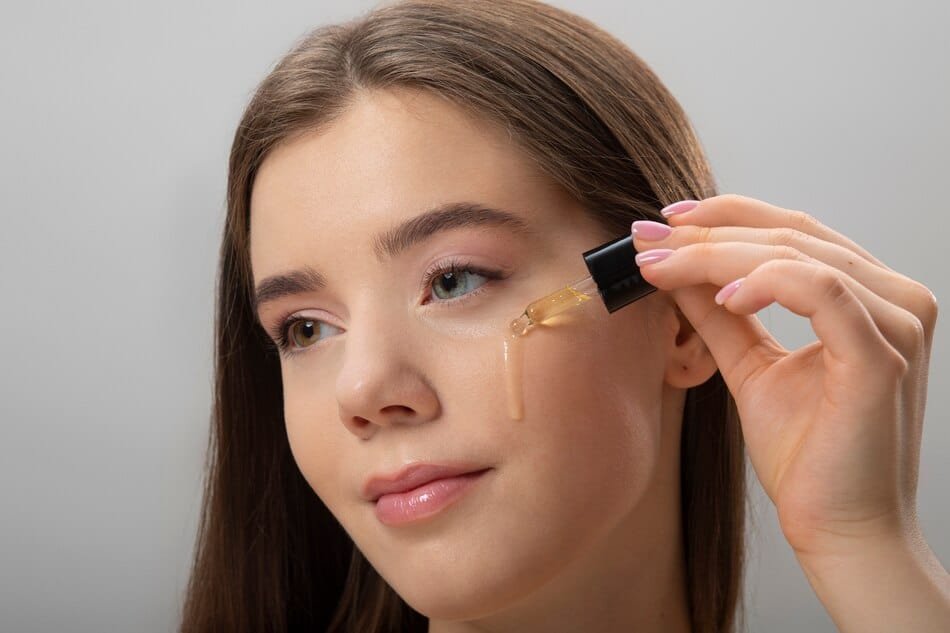In This Article
Introduction to the Keto Diet
Overview of the Ketogenic Diet
The ketogenic diet, or keto diet for short, is a way of eating that is high in fat and low in carbohydrates. It is designed to change how your body gets energy, focusing more on fat instead of carbs. When you follow this diet, you eat much fewer carbs, usually only about 5-10% of your total daily calories. At the same time, you eat more fat, which is around 70-75% of your calories. This big drop in carbs helps your body enter a state called ketosis, where it becomes really good at burning fat for energy. Besides burning fat, the keto diet can also lower blood sugar and insulin levels, which is helpful for some health issues. let’s jump and explain Processed Foods to Avoid on Keto
Importance of Food Choices in Keto
Choosing the right foods is super important on the ketogenic diet because it helps your body stay in ketosis. It’s crucial to pick foods that are low in carbs and high in healthy fats. Here are the main types of foods to focus on:
- Healthy Fats: You should include foods like avocados, olive oil, nuts, and seeds, as they are important for reaching your fat goals.
- Proteins: While proteins are part of the diet, you should eat them in moderation. Good options are grass-fed meats, fish, and eggs.
- Low-Carb Vegetables: Leafy greens and non-starchy vegetables are great choices because they are low in carbs and full of vitamins and minerals.
- Avoiding High-Carb Foods: It’s important to stay away from grains, sugars, and most fruits since these can take your body out of ketosis.
Making smart food choices not only helps you achieve your goals on the keto diet but also empowers you to take control of your overall health. Paying close attention to what you eat is what makes the ketogenic diet different from other diets and is key to its success.
Understanding Processed Foods
What Are Processed Foods?
Processed foods are items that have been changed from their original form using different methods like cooking, freezing, canning, or adding ingredients such as preservatives, flavors, and colors. This can include foods that are just a little processed, like pre-washed salad greens or frozen fruits, as well as heavily processed foods like packaged snacks and ready-to-eat meals. The main reason for processing food is to make it last longer, easier to use, and tastier, but it can also change how nutritious the food is.
Common Examples of Processed Foods
- Canned Foods: These are things like vegetables, fruits, and soups that are kept in a can to make them last longer. Some canned foods can be healthy, but they often have added sugars or salts.
- Frozen Foods: These include fruits, vegetables, and meals that are frozen to keep them fresh. Freezing helps keep nutrients, but some frozen meals have a lot of sodium and unhealthy fats.
- Snack Foods: Things like chips, cookies, and candy are heavily processed and usually have artificial ingredients, sweeteners, and unhealthy fats in them.
- Deli Meats: Processed meats such as ham, turkey, and salami are often cured, smoked, or preserved with nitrates or nitrites, which can be bad for your health if you eat too much.
- Breakfast Cereals: Many cereals are processed with added sugars and artificial flavors. This can take away some of their nutritional benefits, even though they are often marketed as healthy options.
Knowing about processed foods can help people make better choices about what they eat, finding a balance between the convenience of these foods and their possible effects on health.
Key Processed Foods to Avoid on Keto
When you’re on a ketogenic (keto) diet, the main goal is to get your body into a state called ketosis. In ketosis, your body burns fat for energy instead of carbohydrates. To get there, it’s really important to cut down on carbs a lot. Here are some processed foods you should stay away from on a keto diet:
- Sugary Snacks and Desserts: This group includes candies, cakes, cookies, and other sweet treats that have a lot of sugar. Eating these can cause your blood sugar to spike and make it harder for your body to enter ketosis. Instead, try low-carb options that use keto-friendly sweeteners.
- Bread and Pastries: Regular bread, bagels, and pastries are mostly made from refined flour, which is high in carbs. Eating these can quickly push you over your daily carb limit. Look for products made with almond flour or coconut flour as low-carb alternatives.
- Pasta and Rice Alternatives: Normal pasta and rice are packed with carbohydrates, so you should avoid them. Instead, think about using vegetable-based options like zucchini noodles (often called zoodles) or cauliflower rice, which are tasty and fit well into a keto diet.
- Processed Meats and Deli Products: While some meats are okay on a keto diet, processed meats like hot dogs, sausages, and deli meats can have added sugars, fillers, and preservatives that raise their carb content. Always read labels and try to pick high-quality, unprocessed meats whenever you can.
- High-Carb Condiments and Sauces: Many sauces and condiments, like ketchup, barbecue sauce, and some salad dressings, can have a surprising amount of sugar and carbs. Go for low-carb options like mustard, mayonnaise, or homemade sauces made with healthy ingredients.
By avoiding these processed foods, you’ll not only have a better chance of sticking to your keto diet and reaching your health goals, but also you’ll be taking a crucial step towards a healthier you. Always aim to eat whole, nutrient-rich foods to help your body while it’s in ketosis.
Healthier Alternatives
If you want to make healthier choices in your diet, think about these alternatives:
- Low-carb snack options: These snacks can help you eat fewer carbs while still keeping you full. Examples include nuts, seeds, cheese, hard-boiled eggs, and veggies with hummus. These snacks give you important nutrients without the extra sugars and carbs that regular snacks often have.
- Whole food substitutes for bread and pasta: Instead of using regular bread and pasta, which can have a lot of refined carbs, try whole food options. For example, you can use lettuce wraps instead of bread for sandwiches, and spiralized veggies like zucchini or carrots can replace pasta. These choices usually have fewer calories and more fiber, which is good for digestion and helps you feel full.
- Suggestions for healthy fats and proteins: Adding healthy fats and lean proteins to your meals can improve your overall nutrition. Think about using avocados, olive oil, and fatty fish like salmon for healthy fats. For protein, go for chicken, turkey, tofu, legumes, and Greek yogurt. These foods help keep your energy up and also support muscle growth and repair.
By making these easy swaps, you can enjoy a more balanced diet that helps you reach your health and wellness goals.
Tips for Making Healthier Choices
- Reading Food Labels: It’s really important to understand food labels to make good choices about what you eat. Look for key details like serving size, calories, and macronutrients, which are fats, carbohydrates, and proteins. Be careful with added sugars and sodium, as too much can cause health problems. Learning about terms like “whole grain” or “low-fat” can help you find healthier foods.
- Meal Prepping and Planning: Meal prepping means getting your meals ready in advance so you have healthy options available during the week. This not only saves you time but also helps you avoid unhealthy last-minute food choices. Plan your meals by picking a variety of nutrient-rich foods, and think about batch cooking to make things quicker. Use containers to divide your meals into portions, which makes it easier to follow your diet goals.
- Staying Informed About Nutrition: Keeping updated on nutrition trends and guidelines is really important for making healthier choices. Follow trusted sources like registered dietitians, nutritionists, or well-known health organizations. Knowing the benefits of different food groups and how they help your health can empower you to make better choices. Engaging with nutrition-related content, whether it’s articles, podcasts, or workshops, can give you valuable tips on healthy eating habits.
By adding these tips to your daily life, you can create healthier eating habits that support your long-term health and well-being.
Conclusion
Maintaining a healthy lifestyle, especially while following a ketogenic diet, is really important, as it’s really important to stay away from certain processed foods. These foods often have bad ingredients like too much sugar, unhealthy fats, and preservatives that can mess up your metabolism and slow down your progress toward your health goals.
By avoiding these unhealthy choices, you can boost the benefits of a keto lifestyle, which mainly focuses on high-fat, low-carb foods that help burn fat and give you more energy. Living a healthier keto life means choosing whole, nutrient-rich foods like fresh veggies, good-quality proteins, and healthy fats. This not only helps you lose weight and keep it off but also supports your overall health and well-being.
In short, being careful about what you eat and avoiding certain processed foods will help you fully enjoy the benefits of keto, leading to a more lively and healthier life.







